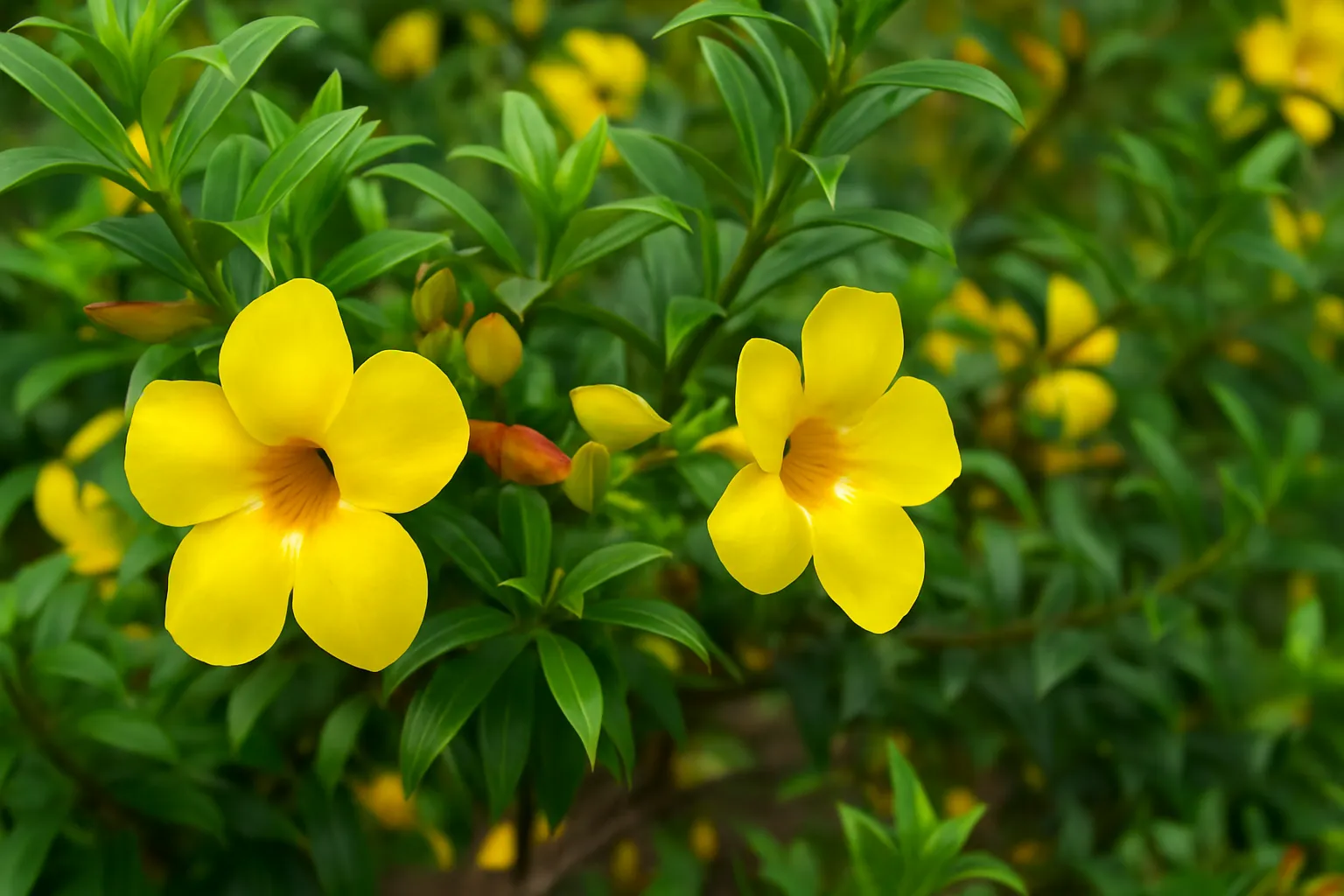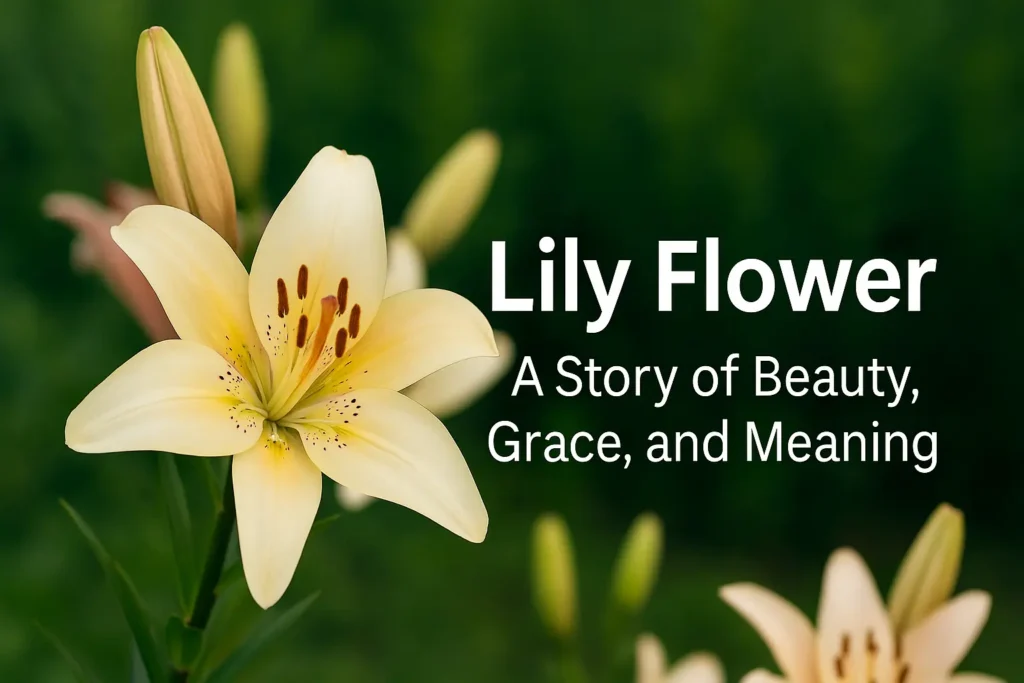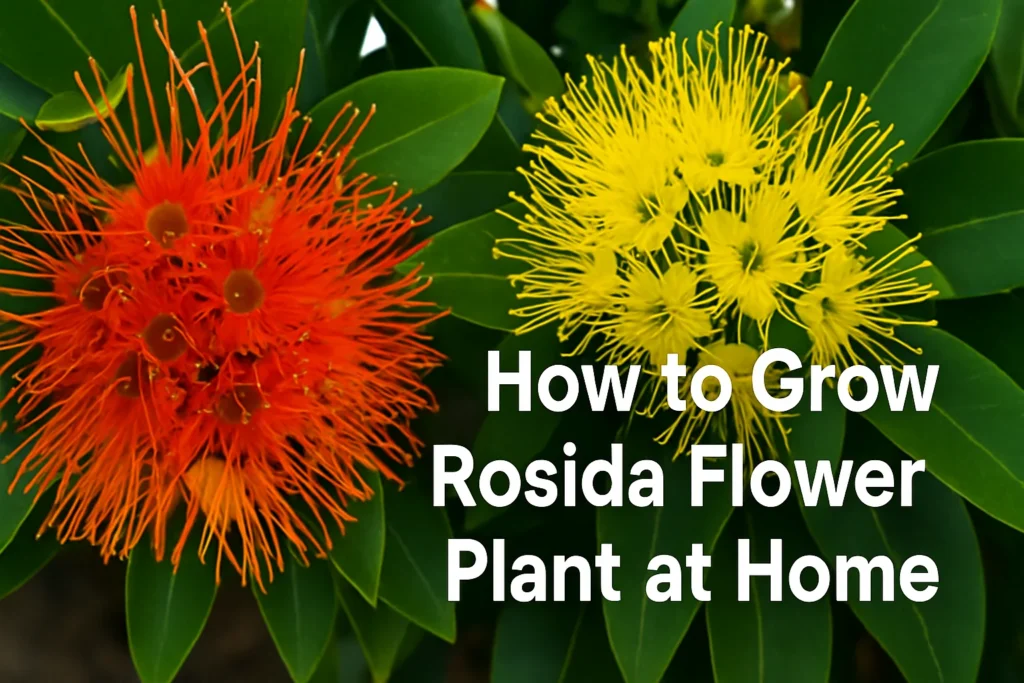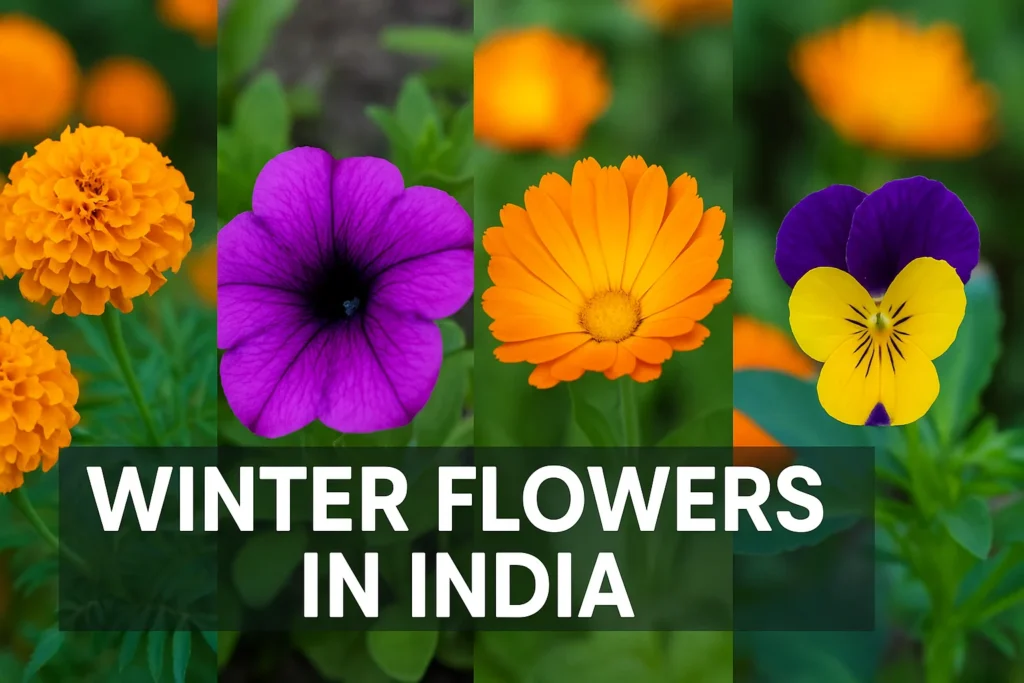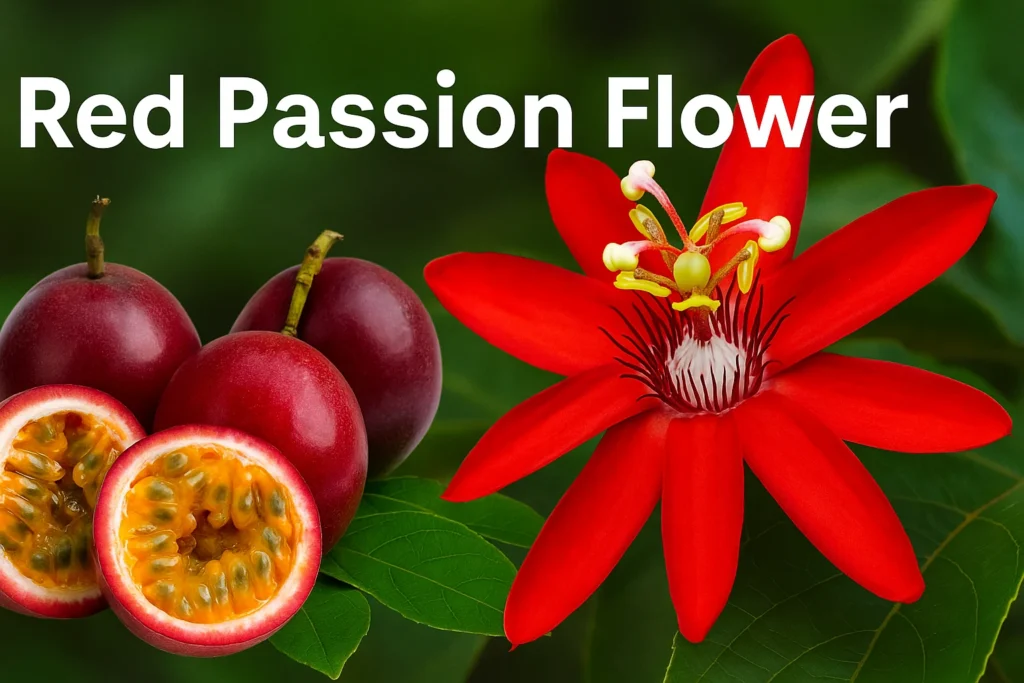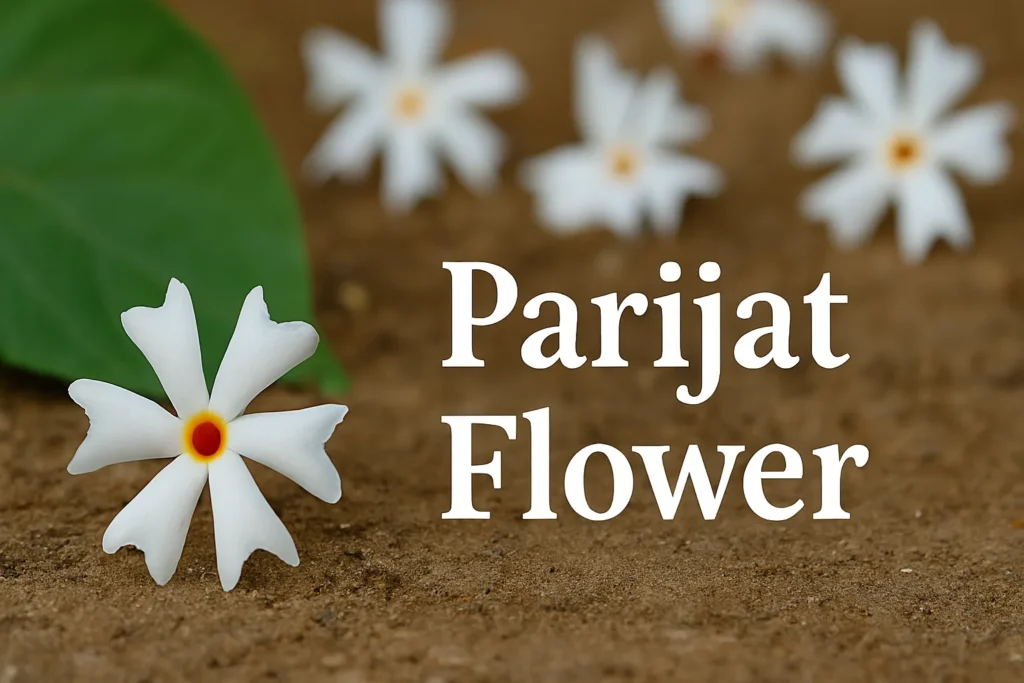If you’ve ever walked by a hedge bursting with sunshine-yellow flowers, there’s a good chance you were admiring the Allamanda schottii. Commonly known as bush allamanda, this compact beauty is a popular choice for Indian gardens due to its manageable size and eye-catching blooms. Whether you’re new to gardening or a seasoned plant lover, this plant is worth considering for your space. Let’s dive into everything you need to know about Allamanda schottii—from its appearance and botanical background to its care, propagation, and real-life garden value.
What is Allamanda Schottii?
Let’s start with a basic introduction to this golden star of tropical gardens. Allamanda schottii is a shrub-type flowering plant from the Apocynaceae family. Unlike its climbing relatives, the bush variety stays compact, making it ideal for hedges, borders, and decorative pots. The allamanda schottii scientific name refers to its botanical classification, while “bush allamanda” or “allamanda schottii compact” are more commonly used in nurseries and garden centers.
Native to South America, this plant is now a favorite in tropical and subtropical regions across the world, including India. Its bright yellow, trumpet-shaped flowers bloom generously, especially in warm weather, creating a lush and cheerful look.
Bush Allamanda vs. Other Allamandas
Here’s how the bush variety compares with other popular types of Allamanda. While allamandas share some visual traits, each type has its own charm. The bush allamanda is often confused with its climbing cousins like Allamanda Blanchetii, which features purple blooms, or the yellow Allamanda Cathartica, known for its vigorous vine-like growth.
The key difference is that bush allamanda stays low and compact, making it more manageable for small gardens or as a flowering hedge. Its growth habit is bushy and rounded, requiring less structural support and pruning than climbing varieties.
Ideal Conditions to Grow Allamanda Schottii
Thinking of planting bush allamanda at home? Here’s what it needs to thrive. This plant loves the sun. Full sunlight for at least 6–8 hours a day is ideal for promoting healthy foliage and continuous blooming. It prefers well-draining soil that’s slightly acidic to neutral. Clayey or waterlogged soil can hinder its growth and lead to root rot.
If you’re placing it in a pot, make sure it has proper drainage holes and use a soil mix that includes sand or cocopeat for breathability. A good tip: adding compost during planting helps the plant settle faster.
How to Care for Allamanda Schottii
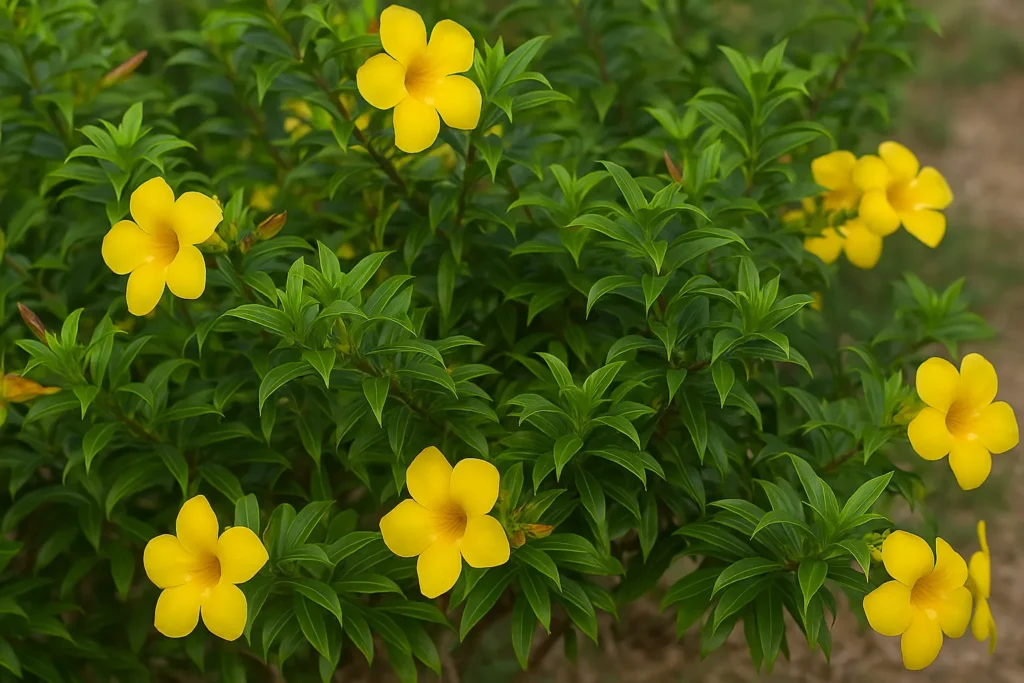
With just a bit of attention, this plant can thrive for years.
- Watering: Keep the soil moist but not soggy. During summer, water it every other day. In winter, reduce the frequency to prevent overwatering.
- Pruning: Light pruning every few months keeps the shape tidy and encourages branching. Always prune after the flowering phase.
- Feeding: Use a balanced liquid fertilizer every 15–20 days during its active growing season (spring to autumn). You can also mix cow dung or compost into the soil once a month.
Proper care keeps the allamanda bush healthy and encourages longer flowering cycles.
Propagation of Allamanda Schottii
Want more of these beauties in your garden? It’s easy to propagate. The best way to propagate Allamanda schottii is through stem cuttings. Choose healthy, semi-hardwood stems (not too soft, not too woody), around 5–6 inches long. Dip the cut end in rooting hormone and plant it in moist sand or cocopeat. Keep the container in partial shade and ensure consistent moisture. Roots usually develop in 3–4 weeks. Once the plant establishes roots, it can be transferred to a pot or garden bed.
Allamanda Bush Common Problems and Solutions
Every plant has its quirks. Here’s how to deal with the common ones.
- Yellow Leaves: Usually caused by overwatering or poor drainage. Make sure your soil isn’t soggy.
- Pest Attack: Mealybugs and aphids can sometimes target the bush. Neem oil spray or diluted dish soap solution helps control them.
- Stunted Growth: May indicate nutrient deficiency. Add compost or use a liquid fertilizer regularly.
Maintaining proper spacing between plants improves air circulation and reduces the chance of fungal diseases.
Landscaping Uses of Bush Allamanda
Here’s how to make your garden pop using this compact shrub. Allamanda schottii compact is perfect for edging lawns, lining walkways, or creating bright centerpieces in flower beds. Due to its dense growth, it can be shaped into low hedges. It also works well in large pots and terrace gardens.
Some gardeners even plant it near railings with Invisible Grill systems, as the flowers soften the metallic look and enhance balcony aesthetics. Its non-invasive root system makes it safe around boundary walls and tiled areas, unlike deeper-rooted trees.
Medicinal and Traditional Beliefs
Beyond beauty, some believe this plant holds mild medicinal value. While not as widely used as herbs like the gokarna plant or Jivanti plant, parts of Allamanda schottii have been studied for potential anti-inflammatory and detoxifying properties. However, it’s not used in mainstream Ayurvedic or herbal medicine.
Important note: the sap can be irritating to sensitive skin and should be handled with care, especially during pruning or propagation.
Companion Plants That Go Well with Bush Allamanda
Pairing it with the right plants adds more charm to your garden space. You can plant Allamanda schottii alongside other colorful flowering shrubs like the Ananta plant or the sunny Avarampoo plant. They share similar light and water needs, creating a balanced and visually appealing combination. The delicate Powder Puff plant or aquatic beauties like the Kumudini Flower also make great additions to a vibrant garden setup.
Final Thoughts
The bush allamanda, or Allamanda schottii, is more than just a pretty face. It’s a low-maintenance, high-impact addition to any garden, perfect for those who want reliable colour without the daily fuss. Its sunny blooms, compact nature, and easy care make it a favourite for both beginners and seasoned plant lovers. If you’re designing a cheerful garden space, this golden bush deserves a prime spot.

